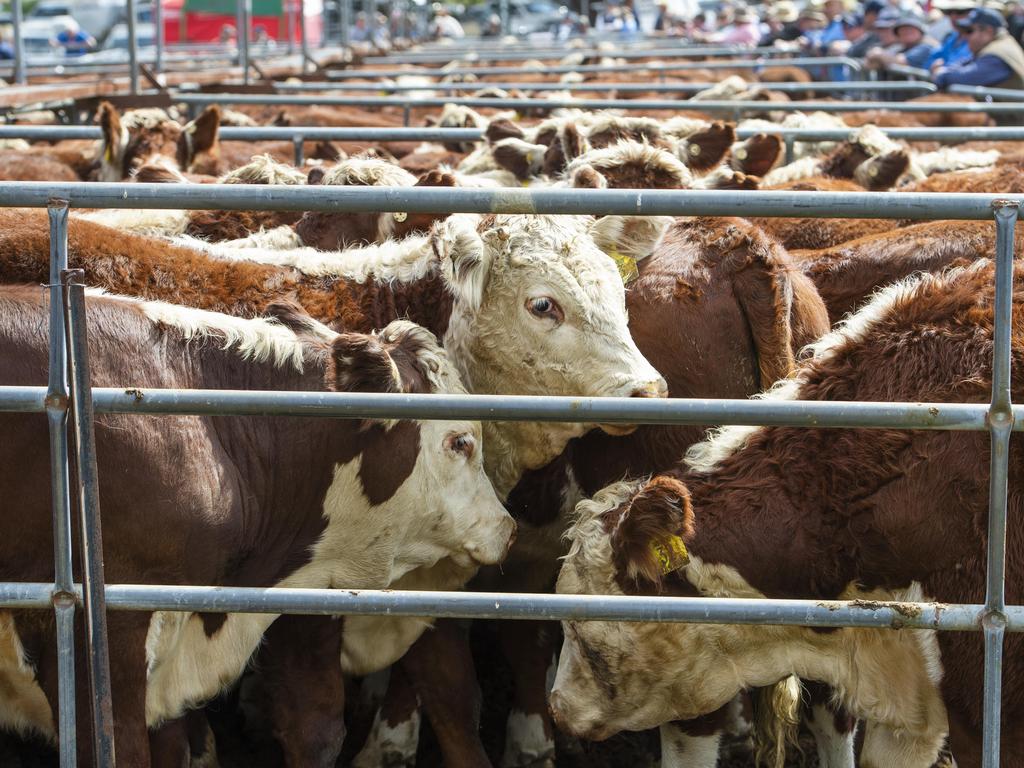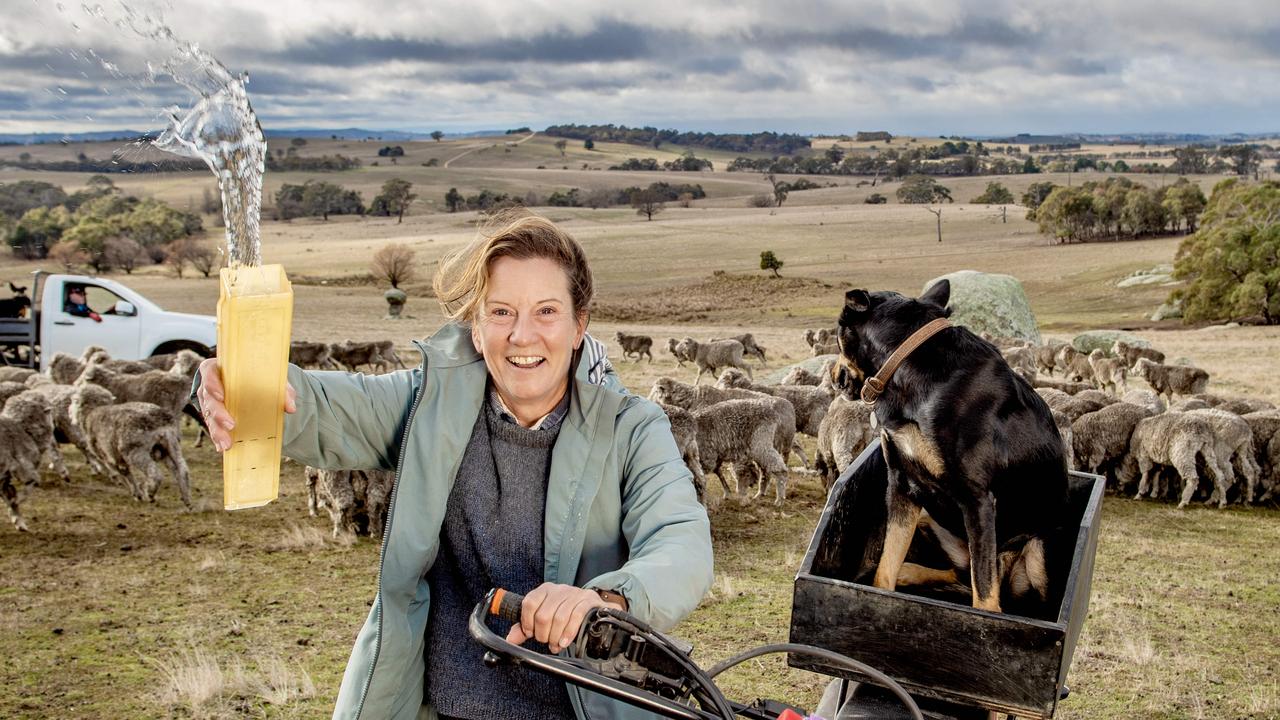Where the rain has fallen across Australia so far in 2022
In a year bookended by La Nina events, Australia has been a land of flooding rains with many centres having already significantly exceeded their long-term average annual rainfall totals.
In a year bookended by La Nina events, Australia has been a land of flooding rains in 2022 with many centres having already significantly exceeded their long-term average annual rainfall totals.
Of 203 weather stations around the country monitored by The Weekly Times, 92 had recorded over 100 per cent of their annual rainfall by September 28, with 23 of those registering over 150 per cent.
Another 66 have received at least 80 per cent of their annual average.
The unseasonal wet conditions have been far-reaching, with many flood-impacted communities in eastern Australia dealing with loss of life, livestock and income and large-scale property and environmental damage.
While welcomed by farmers, the continued rainfall has created its share of problems.
In parts of NSW and Queensland, heavy rain prevented winter crops being planted on some arable land and recent rain may delay the start of that harvest.
In Victoria and southern NSW, many growers have abandoned plans for hay and a lack of paddock access has made the application of insecticides and fungicides problematic. Many in the Wimmera and Mallee are consequently now battling outbreaks of stripe rust.
And in east Gippsland, the Alps and Riverina areas, livestock farmers have been forced to sell and agist cattle as part of managing sodden paddocks and rising flood waters through winter and into Spring.
According to the Bureau of Meteorology, communities in eastern Australia can expect above average rainfall for the remainder of the year.
Several natural climate drivers, including a third consecutive La Nina, a negative Indian Ocean Dipole event, the Southern Annular Mode in a positive phase and warm ocean waters, have combined to shape the outlook.
Following years of prolonged and widespread drought, Victorian farmers are eyeing the rainfall predictions with some nervousness.
Bendigo landowner Brendan Williams, who has wheat, canola and beans growing on his sharefarm property, said planes had been used to drop seeds and fungicide through the year.
“I think this year’s harvest will be delayed. There has been too much rain and it has never stayed this wet for as long as I have been here,” he said.
“We just need good drying weather through October. The crops are looking amazing, I just hope we can get them.”
On the other hand, Ross Watson, who grows canola near Swan Hill, said the rainfall had been money in the back for irrigators.
“I have only had to irrigate once, we had 20mm in Swan Hill the other day on top of another 20mm just before that, so it’s right out of the box,” he said.
The top five wettest centres nationally so far this year are in NSW, with the state being lashed by heavy rain, causing moderate to major flooding, for large parts of the year.
The costliest flood in Australia’s history occurred in February and March this year in southeast Queensland and NSW with insured losses of $3.3billion.
Nowra, on the NSW South Coast, topped the charts with 2062mm, or 237 per cent of its annual rainfall of 872mm, by September 28.
This was followed by Moss Vale (1470mm or 217 per cent of its yearly average) in the Southern Highlands, Tibooburra (331mm or 182 per cent) in the far northwest and Sydney (2079mm or 171 per cent).
Elsewhere, Carnarvon, a coastal town 900 km north of Perth, recorded 338mm, or 154 per cent of its annual rainfall, while Nambour in Queensland registered 2611mm, or 153 per cent.
In Victoria, the year’s best rain has fallen in the state’s north-west and Wimmera.
Horsham has so far recorded 460mm and exceeded its long-term annual average by 126 per cent, followed by Swan Hill (352mm or 118 per cent) and Mildura (322mm or 113 per cent).
Meanwhile, Victoria River Downs in the Northern Territory has recorded the nation’s lowest rainfall so far with 242mm or 37 per cent of its annual average.
With dams full, ground saturated, and snowmelt expected over coming weeks, the BOM said flooding will likely continue for months.
Unseasonal winter rain has increased storage levels across the northern Murray and Darling Basin with dams at full capacity.
Further south in Victoria’s High Country, the Dartmouth Dam spilled last week for the first time since 1996 and over 44,000ML is now being released daily from the Hume dam.




